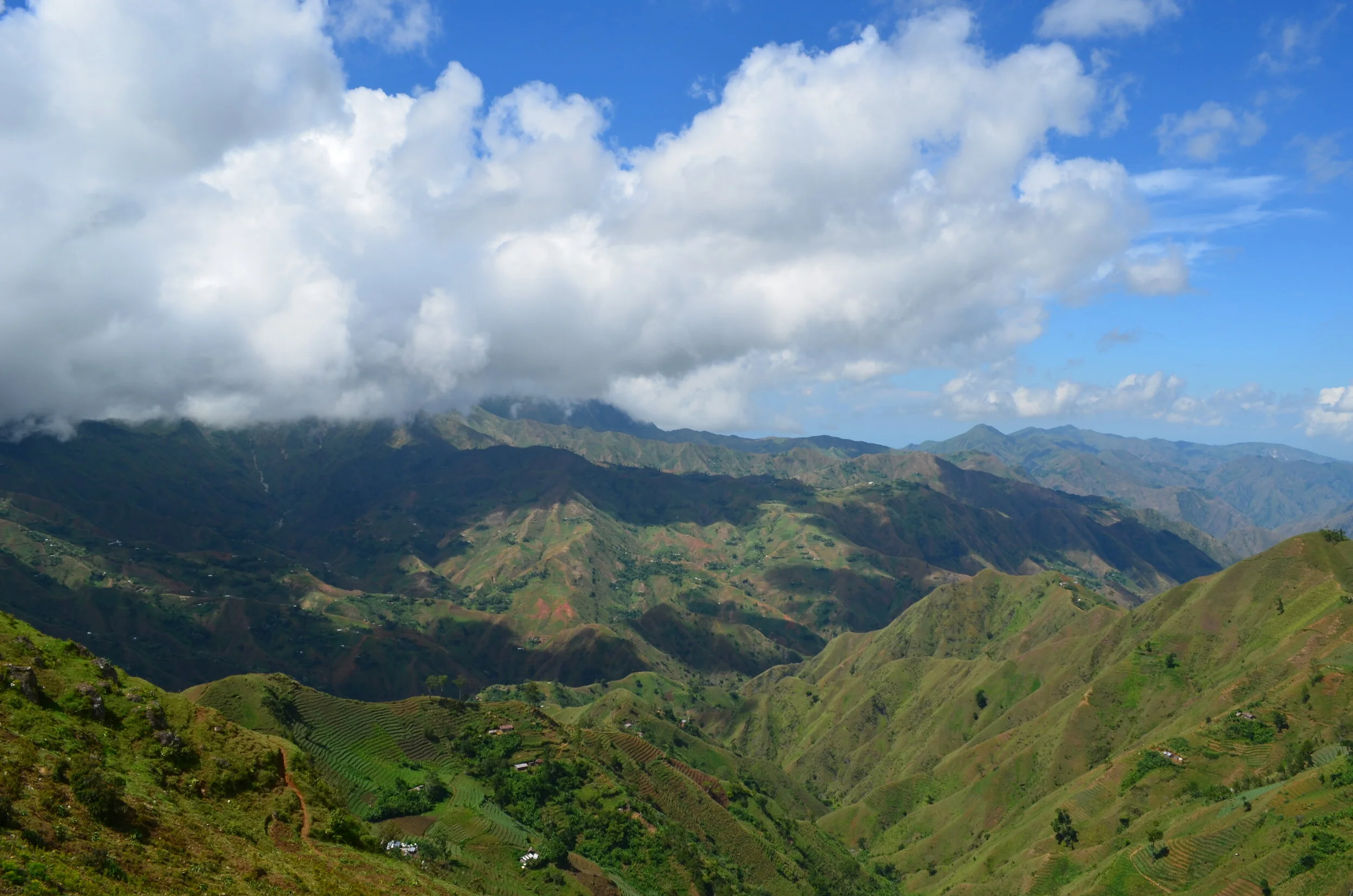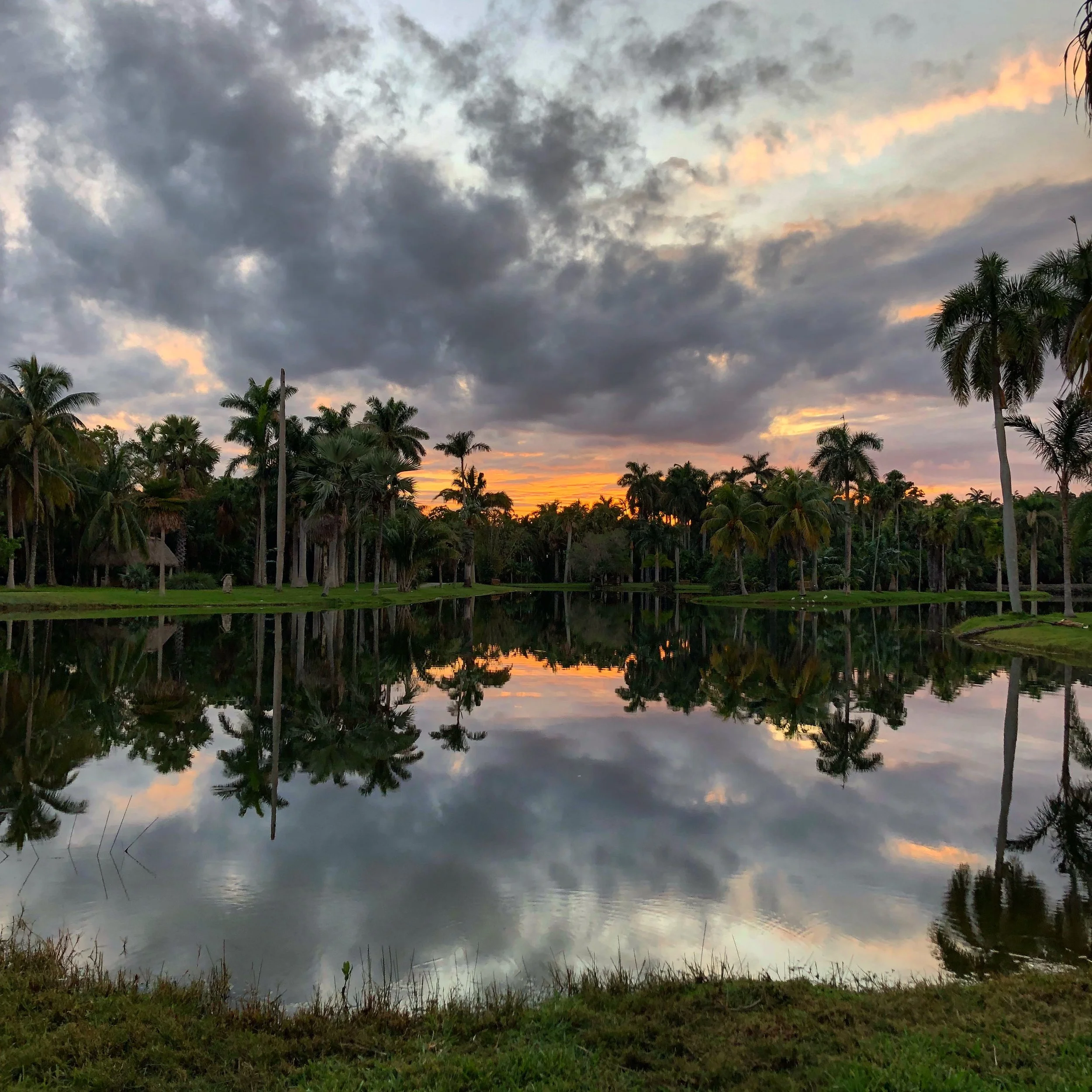Curtis’s Botanical Magazine is an illustrated publication that began in 1787 and is still published today. The Magazine is published by Kew Gardens and is the oldest and most widely cited work of its kind. Plumeria first appeared in the Magazine in 1794 by William Curtis and three more taxa appeared in the 19th century. The first Caribbean endemic species of Plumeria to be featured in the Magazine is Plumeria filifolia, a thin-leaved species from Cuba.
Read MoreLearning outside the classroom is something we’re all growing more accustomed to at the moment. The coronavirus crisis has plunged us all into a new world where we are adapting, ready or not. I am inspired by new initiatives for informal education and reflecting on my own non-traditional learning environments. I am also grieving the missed opportunity to return to my favorite field-based classroom, Costa Rica. In June of 2016 I was accepted into the Organization of Tropical Studies (OTS) graduate Tropical Plant Systematics Course in Costa Rica, a research-based field program. This summer, I was invited back as a Teaching Assistant, but alas, the course has been cancelled. Since I can’t be there this summer I’m just going to dream of being back there.
Read MoreBotanical gardens are urban havens and not only pillars for conservation, education, and research but also for exploration. Fairchild Tropical Botanic Garden (FTBG) was founded in 1938 and named after famous plant explorer, Dr. David Fairchild. Fairchild was a meticulous record keeper and the Fairchild Archives hold many historical documents and photos related to his travels. I was curious if there were any photographs or records of Fairchild collecting wild Plumeria, commonly known as frangipani, in any of his travels, so several students who have been working with my advisor in the archives agreed to see what they could find.
Read More
Yesterday was International Mountain Day, as observed by the United Nations. I love this year’s theme: Mountains Matter for Youth. Our youth are the future leaders of tomorrow. Education, not only on the importance of mountains, but on all natural ecosystems and the biodiversity that they contain has been a large part of my daily inspiration. When I first saw that mountains were being celebrated, I thought of all of the mountainsides where I have looked for wild growing Plumeria, particularly in Haiti.
Read MoreIn honor of Halloween, take a virtual tour of some of Fairchild’s spooky plants. What’s Halloween without the orange spikes of Solanum pyracanthos—the porcupine tomato, Tacca chantrieri—the bat flower, Dendrophylax lindenii—the ghost orchid, Nepenthes bicalcarata—the vampire pitcher, or Orozylum indicum—midnight horror.
Read MoreBrittany Harris is a fellow Ph.D. candidate at Florida International University in the Biology department and a good friend of mine. There has been a lot of concern lately with all of the fires making headlines. Since Brittany studies and works in a fire-dependent ecosystem, who better to sit down with and chat about them? She studies the effects of disturbances on pollination systems in islands. Disturbances—including natural (fire and hurricanes) and human-caused ones (mosquito spray). Moral of the story: We need to re-shape Smokey, starting fires is not good, but not all fires are bad. In order to maintain biodiversity and to prevent bigger fires later, we have to let some fires happen, we can’t control nature.
Read MoreTo scientists, plants are known by their scientific name; to everyone else, they are usually known by a common name. Charles Plumier likely discovered the first Plumeria plant and it wasn’t officially described to science until Linnaeus in 1753. Since then, it has been an icon in tropical gardens around the world. Commonly known as Frangipani, a name that has an unusual story that started in London. You might be surprised to learn that both names have an interesting origin.
Read More
An article was posted this week on NPR blaming seasonal allergies on botanical sexism, a term coined by Tom Ogren, horticulturalist and author. He attributes America’s love for male trees to ‘exacerbated allergies’. The article claims that urban forestry is biased towards dioecious male trees. It’s an interesting theory, that cleaning up pollen was thought to be an easier and a fix-all for messy fruits. On the flip-side, if all female plants had been planted instead, there would be no fruits OR pollen. Female flowers can’t set fruits without pollen.
Read MoreAfter working with the Fairchild Challenge and having had a very non-linear path towards science, I saw a unique opportunity to connect high school students with current graduate students. My experience as someone with a desire to pursue a career in science while not necessarily knowing how to go about it prompted me to create and host the Lightning Talks and Evening Walk student workshop. Last week was Fairchild’s second annual event where 30 high school students had the opportunity to hear from six graduate students from FIU and UM about their path to science.
Read MoreI love living in Miami. Tropical climate not only means year-round beach days, it also means really cool plants grow here. Here’s a slide show of what’s been blooming around here lately!
Read MoreAs scientists we can’t just present facts and data to decision makers to ensure our science is used properly. We must communicate better and that doesn’t mean just talking louder when we aren’t understood. Peruse the headlines and it’s unquestionable that we aren’t getting our point across. I still find headlines where climate change is questioned! While contemplating and trying to get motivated with my own writing, I’ve also been doing a lot of reading about how to write. As a PhD candidate I can tell you that we are not properly trained in how to write well and diversely. No bestseller lists exist for academic science writing. So, how do we get published? Even more, how can we aspire to be published in an esteemed journal?
Read More2018 has been a very busy and productive year. It was probably the hardest year since I started graduate school so I think it’s appropriate to start the New Year admiring some accomplishments with gratitude.
Read MoreThere was a time when many Americans didn’t know what a soybean or a zucchini looked like. Dinner plates were filled with corn, potatoes, cheese, grains and meat—pretty drab. The rainbow of foods that we eat now can be traced back to the self-deemed ‘agricultural explorer’ David Fairchild. David Stone’s book “The Food Explorer” eloquently details the life and travels of Fairchild as he brought many of the plants that are common to our diets today. The book is a colorful and fascinating narrative of the life of a man who lived in an age where Americans were eating purely for subsistence, who traveled the world to bring flavor and spice and diversity into our diets.
Read MoreI met Haydee Borrero when I came to visit Miami in 2014. She asked me if I had ever been to the Everglades and when I said no she said “I’ll pick you up tomorrow at 5am”. It was a magical morning. I am happy to call her my friend to this day. This past year we traveled to Cuba together twice since our field sites overlapped. Haydee has had an interesting path is now doing some really cool work as part of her PhD.
Read MoreAs part of the Botany in Action Fellowship (BIA), I attended Science Engagement Week to augment my science communication skills. This fellowship emphasizes sharing research with the our communities and whole heartedly believes that our science is only as good as we can communicate it. So we convened for a jam-packed weekend with workshops and events tailored to science communication.
Read More














